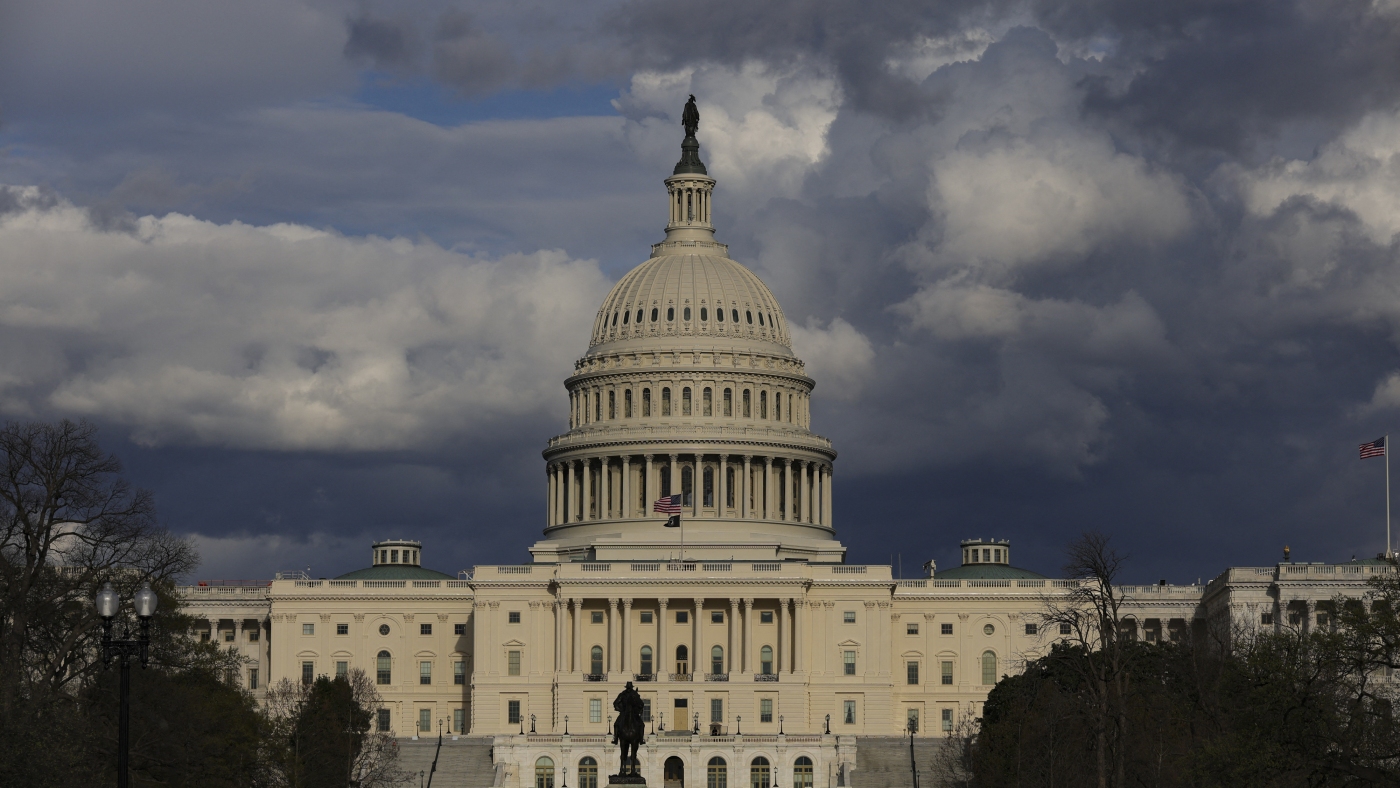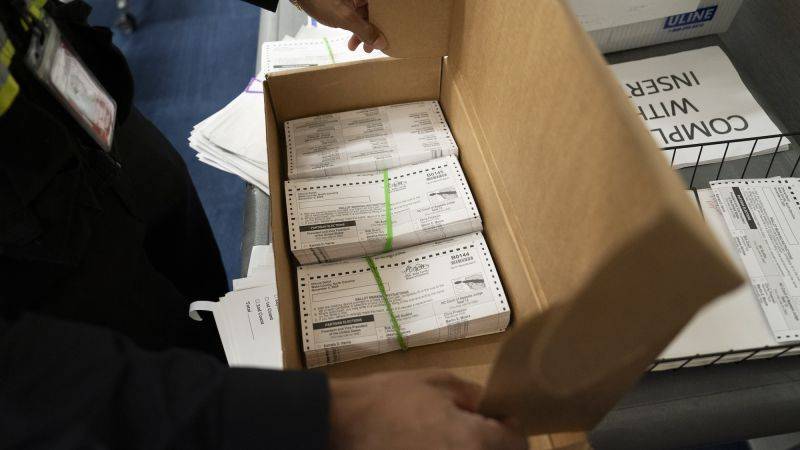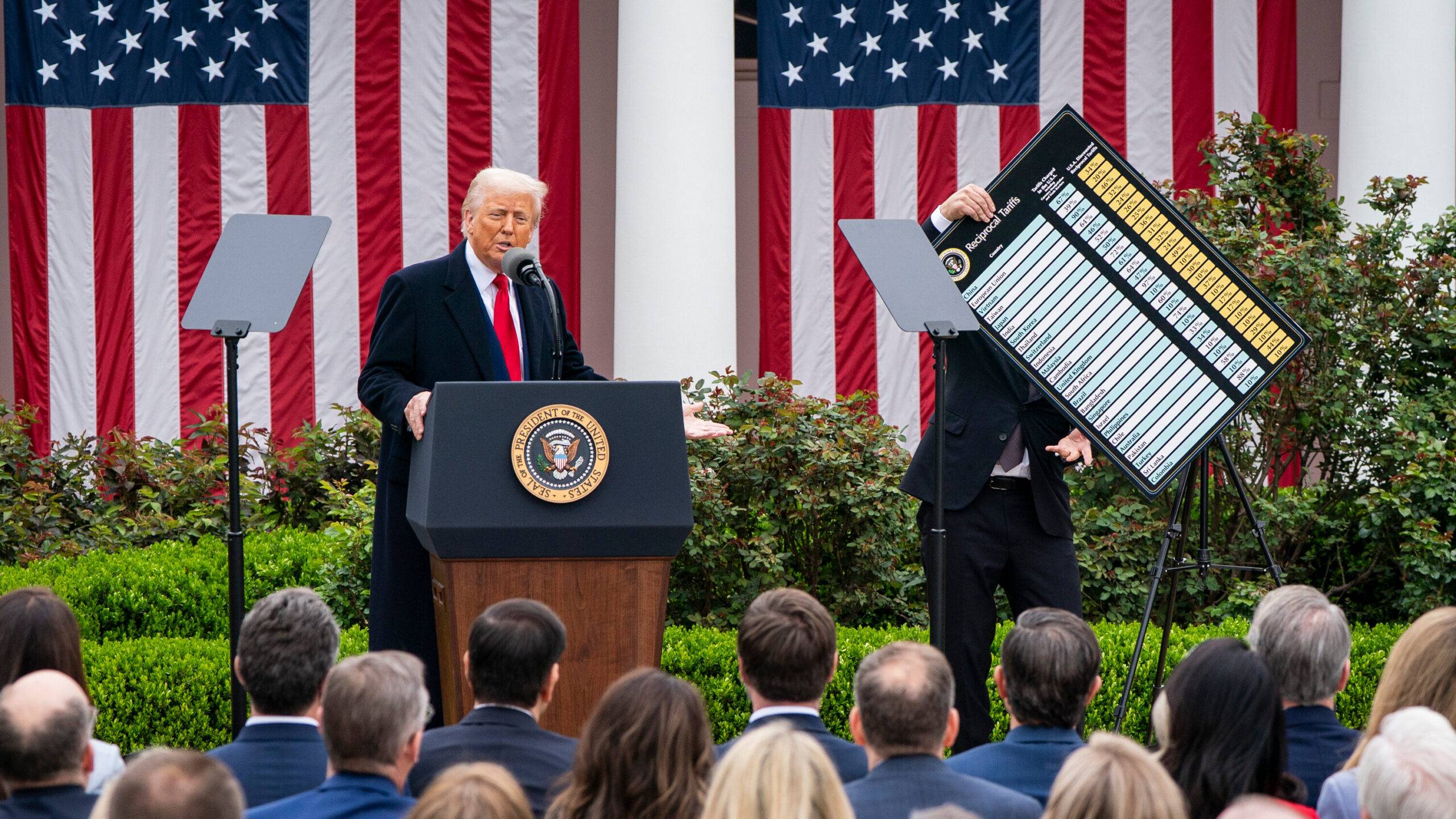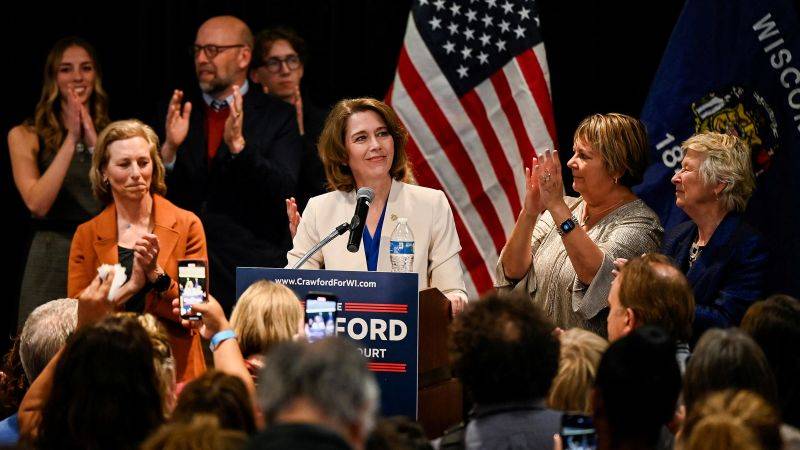Overview of the Senate GOP Budget Resolution
As a political journalist based in Washington, D.C., I have witnessed firsthand the intense debates surrounding the latest Senate GOP budget resolution. This critical piece of legislation is designed to pave the way for significant policy changes aligned with former President Donald Trump’s agenda. The resolution, adopted by the Senate early Saturday morning after an all-night voting marathon known as a “vote-a-rama,” marks a pivotal step toward passing tax cuts, border security measures, and energy initiatives without Democratic support.
Reconciliation Process and Legislative Strategy
The resolution itself is part of a broader reconciliation process, which allows the Senate to bypass the usual 60-vote threshold required to pass legislation. This process is crucial for advancing budget-related measures through Congress, particularly when there is significant opposition from the other party. According to Senate Budget Chair Lindsey Graham, this move is essential for fulfilling Republican promises to secure the border, strengthen national security, make Trump’s tax cuts permanent, and reduce spending.
Key Provisions and Fiscal Measures
One of the key features of the budget plan is the proposed increase of the debt ceiling by up to $5 trillion. This hike is intended to provide financial flexibility until the 2026 midterms. Additionally, the Senate aims to make permanent the tax cuts enacted during Trump’s first term while authorizing an additional $1.5 trillion in tax reductions. These moves are controversial, with some Republicans questioning the use of accounting maneuvers to minimize the apparent cost of extending Trump’s 2017 tax cuts.
Challenges in the Legislative Process
The reconciliation process is not without challenges, as both the Senate and House must adopt identical budget resolutions before proceeding to draft and pass legislation reflecting Trump’s priorities. This requires a coordinated effort between chambers, which can be difficult to achieve given their differing priorities. For instance, while the Senate’s resolution instructs committees to find a minimum of $4 billion in savings, the House has set its target at $1.5 trillion. This disparity highlights the negotiations ahead as the House prepares to consider the budget.
Senate Vote and Political Dynamics
During the overnight voting session, senators faced numerous amendments, many of which forced them to take positions on divisive issues like Medicaid, Social Security, and tariffs. The resolution ultimately passed with a vote of 51-48, with Republican Senators Rand Paul and Susan Collins voting against it, alongside Democrats. This narrow margin underscores the political tensions surrounding the budget plan.
Funding Debates and Conservative Priorities
As the process unfolds, another significant challenge will be determining how to finance new spending initiatives. Conservatives are likely to push for substantial budget cuts to offset the costs of border security and defense spending. The budget resolution includes $175 billion for border initiatives and $150 billion for defense, highlighting the substantial financial commitments involved.
Next Steps and Role of the House
Looking ahead, the House of Representatives will play a critical role in shaping the final version of the budget resolution. With House Speaker Mike Johnson now at the helm, Republicans face the task of bridging the gaps between their chambers’ proposals while maintaining unity within their party. This effort is fraught with political risk, as any disagreements could derail the entire reconciliation process.
Conclusion
In conclusion, the Senate’s adoption of the budget resolution represents a significant step toward advancing key Republican policies, but it also sets the stage for heated debates and negotiations in the weeks to come. As a journalist, I will continue to monitor these developments closely, providing in-depth analysis as this complex legislative process unfolds.
For more information on the ongoing political developments and the role of Congress, visit Epochedge Politics for the latest updates. Additionally, you can explore the latest news coverage from reputable sources like CBS News and Politico.









